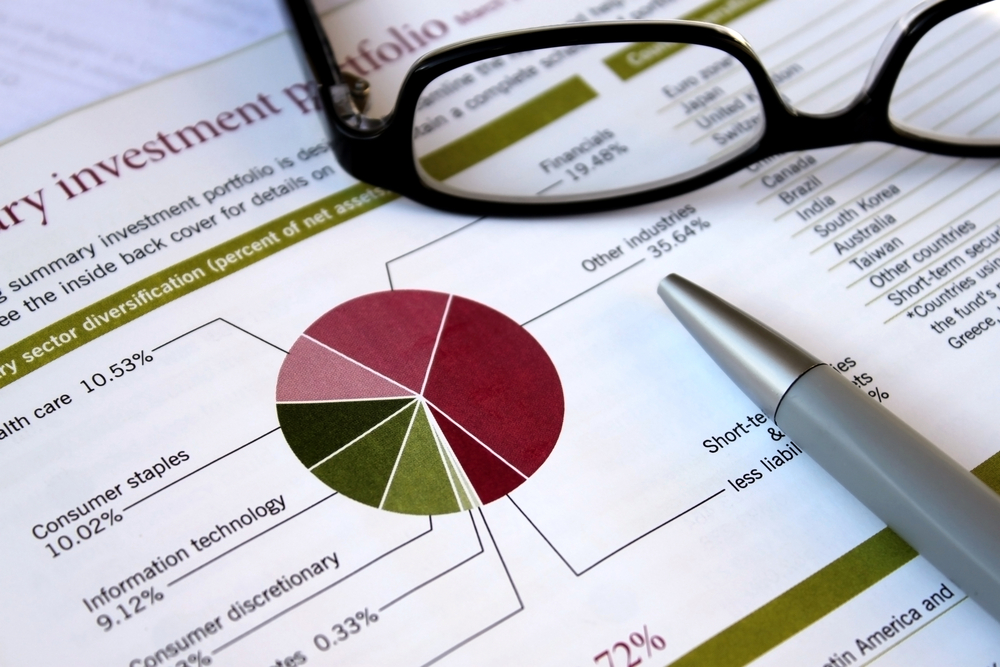There is some truth in the oft-heard advice by financial experts about the benefits of diversifying one’s investment portfolio. At first glance, not putting all your eggs in one basket appears to be logical advice. After all, there are risks involved in investing in only one stock. However, over-diversification has its own downsides, especially given that it is emerging as a rising trend among a lot of investors.
What is Portfolio Diversification?
A diversified portfolio basically refers to investing in different stocks across dissimilar industries or sectors to increase their profitability, increase exposure, reduce overall investment risks and avoid any damage to the portfolio due to poor performance of a single stock.
It is essential that an investor’s portfolio is sufficiently balanced because both ‘over’ and ‘under’ diversification are dangerous in the long run.
- An under-diversified portfolio poses a greater risk, as the poor performance of a single stock can adversely affect the entire portfolio.
- An over-diversified portfolio can give low returns, especially with the few good performing stocks having minimal positive impact on the overall portfolio.
Several investment professionals tend to agree that though diversification does not offer any guarantee against losses, it is a prudent strategy that must be adopted towards long-term financial objectives. Many studies demonstrate that diversification works by simply spreading one’s investments across different sectors or industries that have low correlation with each other, thereby reducing price volatility as different industries move up and down at different rates and times. If we mix things up, we are less likely to experience dramatic drops, because when some sectors encounter tough times, others may thrive. This offers a more consistent overall performance.
Nevertheless, it’s important to keep in mind that no matter how diversified the portfolio is, risks involved can never be completely eliminated. We can reduce the risk associated with individual stocks, known as unsystematic risk, but there are systemic risks inherent in the market that can impact nearly every stock. No amount of diversification can prevent that.
Over-diversification Can Hurt a Portfolio
A lot of people are misguided about over-diversifying, and end up doing it without even being aware that though this helps distribute the risks over many instruments, it could also hurt the overall goal of their portfolio.
Here are some ways in which over-diversifying can be harmful:
Low Expected Returns
Over-diversifying or adding too many different stocks/sectors to one’s portfolio reduces risk, but can also reduce expected returns. For example, if we own 2 stocks, then our portfolio will be associated with high risks, but high expected profits as well. On the other hand, if we own 100 stocks, our portfolio risk is low, but so is the expected profit. Over-diversification is a point where loss of an expected return is much higher than benefits of reduced risks. For a well-diversified portfolio, one needs to find the right balance where the investor neither owns too many stocks, nor too few.
Keeping a Track Becomes Difficult
To efficiently monitor one’s investments, one needs to evaluate the quarterly and annual reports of the stocks, latest news of the companies, corporate announcements, etc. If someone is holding, say, 40 stocks in their portfolio, monitoring all of them becomes a tough ask, especially for retail investors with a full-time day job. On the other hand, if someone has only 10 stocks in their portfolio, then tracking and monitoring these isn’t too time-consuming, nor requiring much effort.
Duplication or Inefficient Diversification
Diversification means owning stocks of different companies belonging to different industries or sectors. For example, one stock from the automobile sector, two from the IT industry, three from pharmaceuticals, and two from banking. However, if one has bought six banking stocks out of the 10 stocks in their portfolio, they haven’t diversified their portfolio effectively. Inefficient diversification often results in owning stocks of similar companies in one’s portfolio.
Summing Up
One’s portfolio must be sufficiently diversified, but not over or under diversified. Diversification is good only in moderation. The common consensus goes that a well-balanced portfolio with approximately 15-20 stocks (depending on your total invested amount of course) effectively diversifies the maximum amount of market risk involved. Owning additional stocks can take away the potential of huge gainers, significantly impacting one’s bottom line, as is usually the case with large mutual funds investing in hundreds of stocks. By diversifying too much, one might not lose a lot, but they can’t gain much either.
The writer is Senior Vice-President, Master Capital Services
DISCLAIMER: Views expressed are the author's own, and Outlook Money does not necessarily subscribe to them. Outlook Money shall not be responsible for any damage caused to any person/organisation directly or indirectly.





